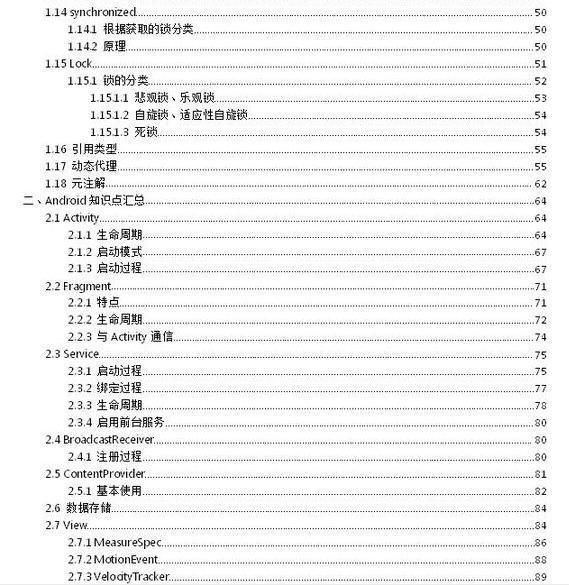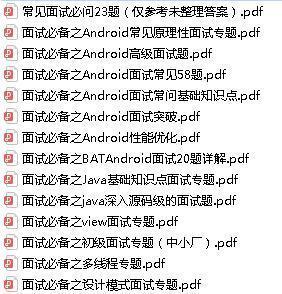Return the number of different transformations among all words we have.
Example:
Input: words = [“gin”, “zen”, “gig”, “msg”]
Output: 2
Explanation:
The transformation of each word is:
“gin” -> “–…-.”
“zen” -> “–…-.”
“gig” -> “–…–.”
“msg” -> “–…–.”
There are 2 different transformations, “–…-.” and “–…–.”.
Note:
The length of words will be at most 100.
Each words[i] will have length in range [1, 12].
words[i] will only consist of lowercase letters.
a .-
b -…
c -.-.
d -…
e .
f …-.
g --.
h …
i …
j .—
k -.-
l .-…
m –
n -.
o —
p .–.
q --.-
r .-.
s …
t -
u …-
v …-
w .–
x -…-
y -.–
z --…
[Answer]
Runtime: 2 ms, faster than 80.74% of Java online submissions for Unique Morse Code Words.
Memory Usage: 35.4 MB, less than 98.71% of Java online submissions for Unique Morse Code Words.
class Solution {
public int uniqueMorseRepresentations(String[] words) {
if(words == null || words.length ==0)
return 0;
String[] morse = {".-","-…","-.-.","-…",".","…-.","–.","…","…",".—","-.-",".-…","–","-.","—",".–.","–.-",".-.","…","-","…-","…-",".–","-…-","-.–","–…"};
HashSet set = new HashSet<>();
int count = 0;
for(int i = 0; i < words.length; i++) {
StringBuffer sb = new StringBuffer();
for(char c : words[i].toCharArray()) {
sb.append(morse[c - ‘a’]);
}
if (!set.contains(sb.toString())) {
count ++;
set.add(sb.toString());
}
}
return count;
}
}
class Solution {
public int uniqueMorseRepresentations(String[] words) {
if (words == null || words.length == 0)
return 0;
String[] code = { “.-”, “-…”, “-.-.”, “-…”, “.”, “…-.”, “–.”, “…”, “…”, “.—”, “-.-”, “.-…”, “–”,
“-.”, “—”, “.–.”, “–.-”, “.-.”, “…”, “-”, “…-”, “…-”, “.–”, “-…-”, “-.–”, “–…” };
HashSet set = new HashSet<>();
int count = 0;
for (int i = 0; i < words.length; i++) {
StringBuilder sb = new StringBuilder();
for (char c : words[i].toCharArray())
sb.append(code[c - ‘a’]);
if (!set.contains(sb.toString())) {
count++;
set.add(sb.toString());
}
}
return count;
}
}
832. Flipping an Image
[Description]
Given a binary matrix A, we want to flip the image horizontally, then invert it, and return the resulting image.
To flip an image horizontally means that each row of the image is reversed. For example, flipping [1, 1, 0] horizontally results in [0, 1, 1].
To invert an image means that each 0 is replaced by 1, and each 1 is replaced by 0. For example, inverting [0, 1, 1] results in [1, 0, 0].
Example 1:
Input: [[1,1,0],[1,0,1],[0,0,0]]
Output: [[1,0,0],[0,1,0],[1,1,1]]
Explanation: First reverse each row: [[0,1,1],[1,0,1],[0,0,0]].
Then, invert the image: [[1,0,0],[0,1,0],[1,1,1]]
Example 2:
Input: [[1,1,0,0],[1,0,0,1],[0,1,1,1],[1,0,1,0]]
Output: [[1,1,0,0],[0,1,1,0],[0,0,0,1],[1,0,1,0]]
Explanation: First reverse each row: [[0,0,1,1],[1,0,0,1],[1,1,1,0],[0,1,0,1]].
Then invert the image: [[1,1,0,0],[0,1,1,0],[0,0,0,1],[1,0,1,0]]
Notes:
1 <= A.length = A[0].length <= 20
0 <= A[i][j] <= 1
Answer:
文末
我总结了一些Android核心知识点,以及一些最新的大厂面试题、知识脑图和视频资料解析。
以后的路也希望我们能一起走下去。(谢谢大家一直以来的支持)
部分资料一览:
- 330页PDF Android学习核心笔记(内含8大板块)


-
Android学习的系统对应视频
-
Android进阶的系统对应学习资料

- Android BAT大厂面试题(有解析)

链图片转存中…(img-4xpHx6XI-1643533274695)]
[外链图片转存中…(img-pTyOqECY-1643533274696)]
-
Android学习的系统对应视频
-
Android进阶的系统对应学习资料
[外链图片转存中…(img-TtqpKvjq-1643533274697)]
- Android BAT大厂面试题(有解析)
[外链图片转存中…(img-uGLCMW2Y-1643533274697)]






















 637
637











 被折叠的 条评论
为什么被折叠?
被折叠的 条评论
为什么被折叠?








